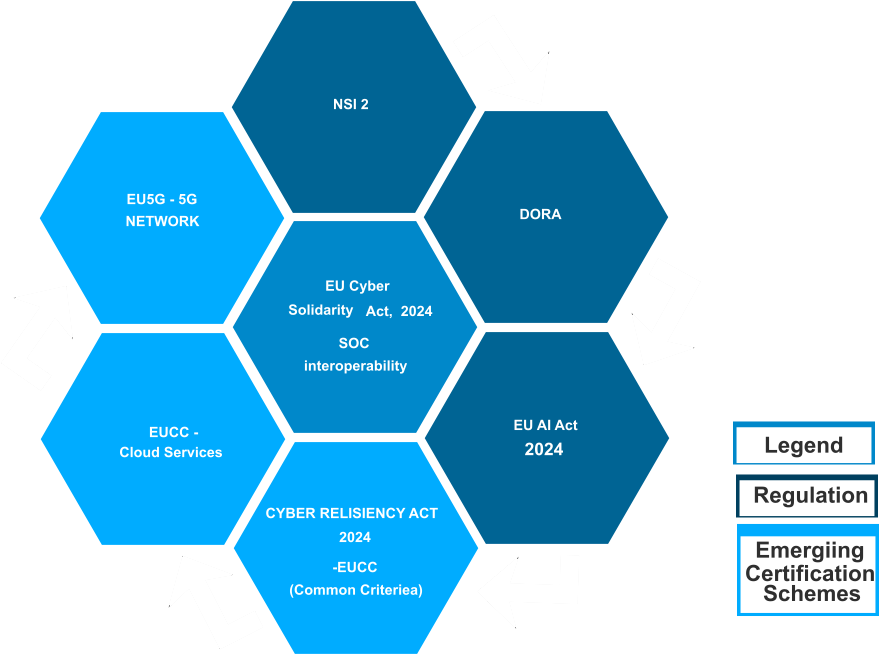The NIS 2 Directive is a revised version of the original NIS Directive from 2016 and represents a response to the growing cyber threats and increasing digitalization of society. NIS Directive (NIS2)’s goal is to improve the security of network and information systems within critical infrastructure sectors as well as in several important digital services.
The directive aims to establish a “high common level of Cyber Security” across the EU, ensuring robust protection against cyber threats.
NIS2 Directive applies to both Public and Private entities, as defined in Article 2 of the Directive. The applicability is quite comprehensive, including ICT Service providers and communication service providers. The Directive also mandates the Member States to maintain certain databases about ICT service providers by 17th January 2025.
Broad compliance expectations are given in 5 domains. ICT Risk Management and Governance are split (in the below infographic) into two. Governance Framework is fundamental for Risk Management.
Additionally, Article 24 also references the Cyber Security certification schemes to demonstrate compliance to the Directive.
While compliance adds value to businesses by enhancing their resilience, being a regulation there are defined non-compliance consequences.
Risk Management of Information & Communication Technology is the Critical pillar of DORA Compliance
Sharing of information helps all stakeholders to take preventive steps and more resilient

We are flexible, approachable, and supportive. We can play multiple roles;